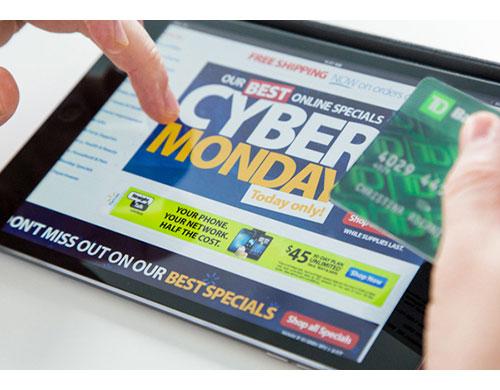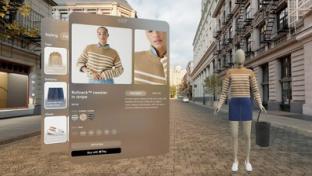E-commerce lessons from Cyber Week 2023
Another Cyber Week has come and gone; and left some interesting trends in its wake.
Cyber Week, the five-day period covering Thanksgiving to Cyber Monday, is still the “official” start to the holiday shopping season, although many retailers start their holiday promotions weeks or even months earlier. It remains a pinnacle of the retail calendar, and always has some valuable lessons to teach regarding the state of online retail.
This year was no different:
Black Friday and Cyber Monday still matter – a lot
In no small part due to the aforementioned early holiday promotions, many of which are even branded as “Black Friday” or “Cyber Monday” events, every year many observers predict the actual Black Friday and Cyber Monday shopping days will produce underwhelming results.
So far, those predictions have been wrong, and this year was no exception. Adobe tracked Cyber Monday as the busiest online shopping day ever with $12.4 billion in digital sales, while Salesforce tabulated $16.4 billion of online sales on Black Friday.
Regardless of whose metrics you use, Black Friday and Cyber Monday were hugely successful online shopping days that proved consumers maintain interest in limited-time online sales extravganzas. This correlates with the continuing popularity of major online discount events such as Amazon Prime Day and Prime Big Deal Days, as well sales hosted to compete with Amazon’s marquee events by other retailers and Wayfair Way Day.
Mobile popularity is moving fast
Generally speaking, e-commerce performed strongly throughout Cyber Week, with healthy growth each day from 2022’s robust results, even with online prices trending lower this holiday season. Salesforce analysis reveals this growth was driven primarily by order volume, rather than inflation, signaling increased consumer demand for the first time in more than five quarters.
However, within this digital shopping trend is a fast-developing sub-trend of consumers increasingly choosing to make online holiday purchases via mobile device.
According to Adobe, smartphones accounted for $5.3 billion of all online sales on Black Friday, up 10.4% YoY, and accounted for 54% of online sales. Adobe expects mobile to overtake desktop for the first time this holiday season, with more than half (51.2%) of spend online to take place on mobile.
In addition, Adobe data indicates that on Cyber Monday, 59% of online sales came through a smartphone (compared to 55% in 2022). Mobile usage remained high across Cyber Week, Adobe said, with smartphones driving 51.8% of online sales (up from 49.9% in 2022).
Similarly, Salesforce data shows that mobile traffic represented a record-breaking 79% of Cyber Week e-commerce traffic, up from 76% in 2022.
Deferred payments hot, curbside pickup not
Two other trends from Cyber Week 2023 that digital and omnichannel retailers should pay close attention to were a boom in buy now, pay later (BNPL) purchases and a slowdown in online orders fulfilled via curbside pickup.
Adobe data shows that buy now pay later (BNPL) flexible payment financing had an 8% increase in orders YoY. BNPL usage is significantly up YoY during the whole holiday season so far, and drove $760 million in online sales across Nov. 25-26, up 20% YoY.
From Nov. 1 -27, BNPL has driven a total of $8.3 billion, up 17% YoY. Adobe expects November 2023 to be the biggest month on record for this payment method.
Conversely, usage of curbside pickup remained modest during Cyber Week, according to Adobe. The omnichannel fulfillment method was used in 12.7% of online orders from Thanksgiving through Cyber Monday for retailers that offer the service, down from 14.8% in the year prior. In the same time period, 80% of online orders leveraged standard shipping.
Increased consumer interest in shipment of online purchases may be partially responsible for cooling interest in curbside pickup this holiday season. Recent data from on-demand delivery platform Shipt indicates that 73% of surveyed consumers said it is important for brick-and-mortar stores to offer delivery.
If traveling for the holidays, 40% of respondents would have their online purchases delivered to their destination, while 28% will have most or all their gifts delivered to recipients.







